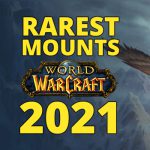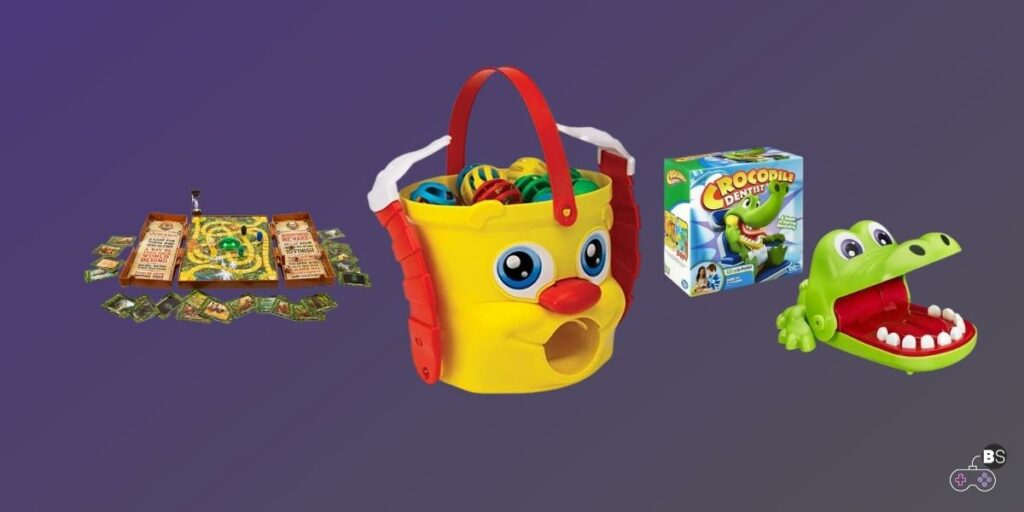
In the 90s, the board game industry underwent a significant shift towards European-style games, which emphasized strategy, collaboration, and game design that offered players more control over their fate than luck-based games.
These “Eurogames” became popular internationally and helped to revitalize the tabletop gaming industry. Many of the top board games from the 90s were Eurogames, although there were also notable exceptions.
Now, it’s time to discover the best 90s board games and trade your way to victory!
Jumanji
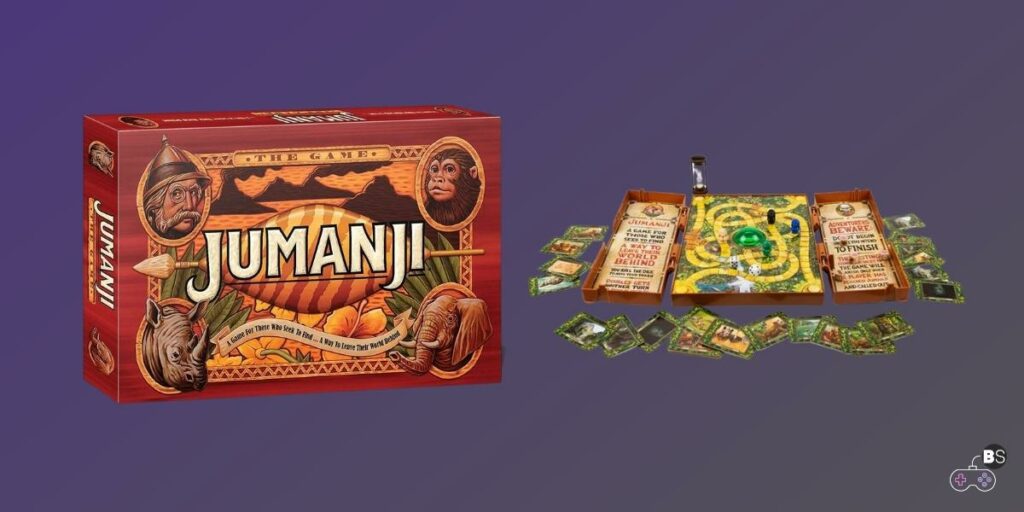
“Jumanji”, the 1995 film, offered a unique opportunity to create a board game based on it.
Milton Bradley took advantage of this chance and released a scaled-down version of the game featured in the movie.
The board game, while not featuring the element of bringing animals into the real world or transporting players to other dimensions like in the film, still follows many of the same rules and offers players the chance to experience an adventure-based game.
The objective is to reach the center before “the jungle takes over”, with the instructions being relatively straightforward.
The release of the board game was almost as exciting for audiences as the film itself.
Mr. Bucket
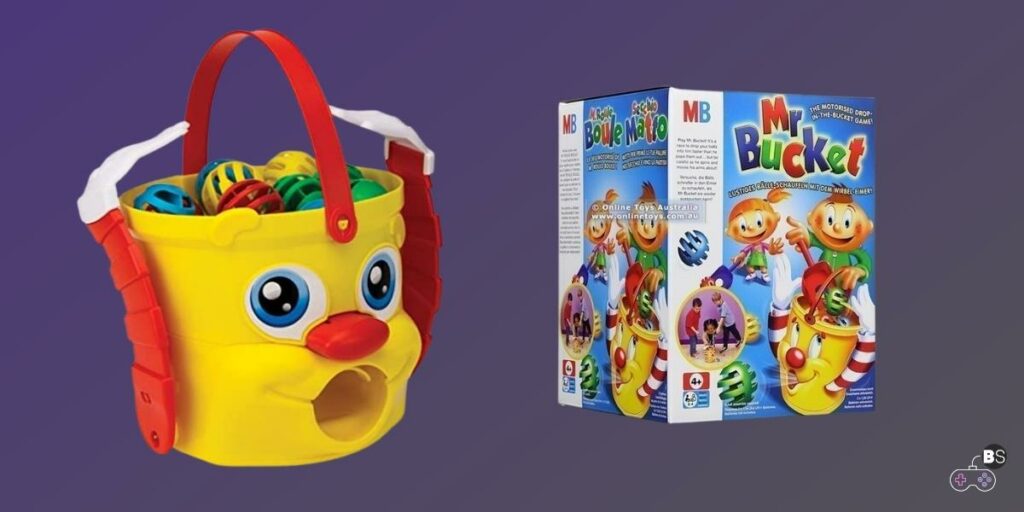
Mr. Bucket was a simple and energetic game that got children moving as soon as possible. It didn’t require a board or cards, and the concept was straightforward.
Players selected a small, colored shovel and tried to throw their corresponding colored balls into a bucket with a human-like appearance, which would periodically shoot the balls back out.
The first player to get all their colored balls into the bucket at once was the winner.
Although it wasn’t a particularly intricate or intellectually stimulating game, Mr. Bucket remained popular among young players.
Crocodile Dentist
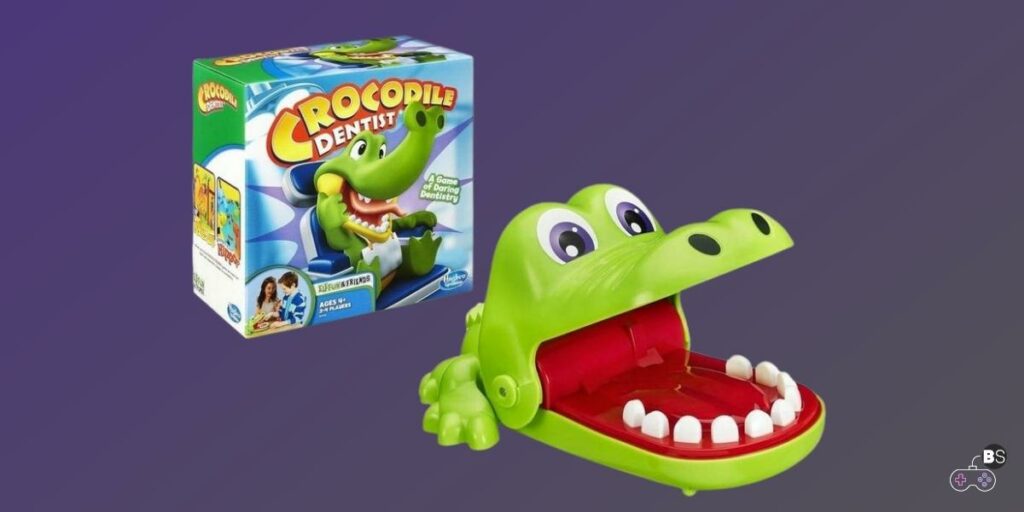
Crocodile Dentist was a popular children’s game that involved a medium-sized plastic crocodile head with hinged jaws and removable teeth (or pushable teeth in later versions).
The game, which did not require a board or pawns, was simple in concept but could induce anxiety in younger players.
It invited young players to try their hand at dentistry, requiring them to select a tooth and hoping that it was not the “sore tooth”.
If they chose incorrectly, the crocodile’s jaws would clamp down on their finger, resulting in a loss. Like Jenga, the outcome of the game was based on chance.
Blood Bowl – Third Edition (1994)
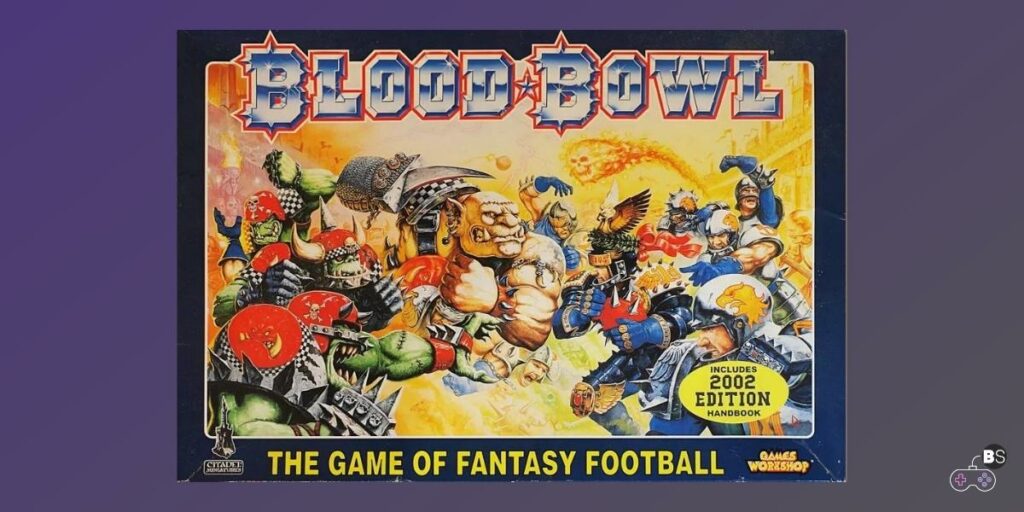
Blood Bowl, a game that combines the rules of American football with fantasy and violence, was first released by Games Workshop in 1986.
While the first edition used cardboard players and a paper pitch, the 1994 third edition introduced plastic miniatures and a polystyrene board, which helped make the game more popular.
This edition also introduced distinct poses for each type of team member and introduced gameplay that more closely resembled a sport, with a set time and number of turns per half.
The third edition of Blood Bowl, which is still going strong today in its fifth edition, established the game as a cult favorite and cemented its place on the list of the best 90s board games.
PitchCar (1995)
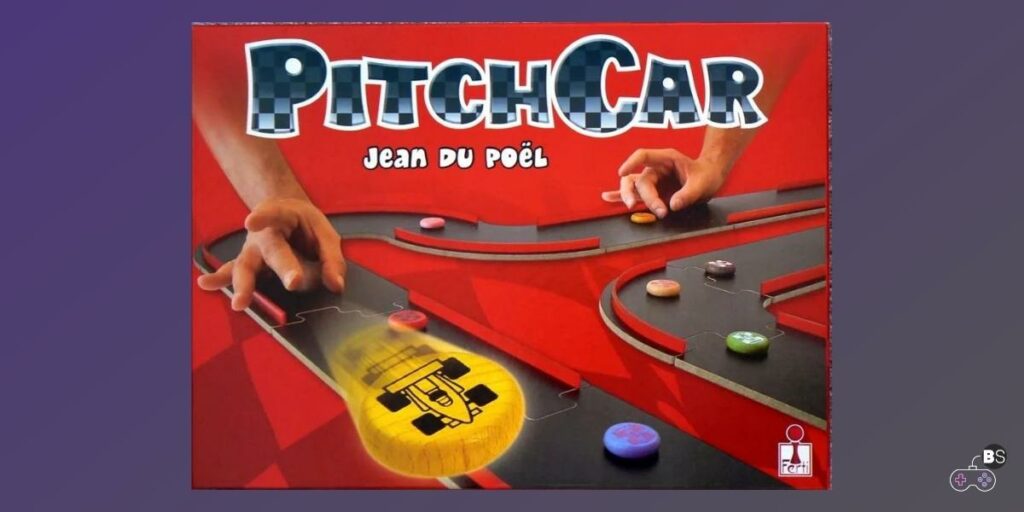
Blood Bowl, a game that combines the rules of American football with fantasy and violence, was first released by Games Workshop in 1986.
While the first edition used cardboard players and a paper pitch, the 1994 third edition introduced plastic miniatures and a polystyrene board, which helped make the game more popular.
This edition also introduced distinct poses for each type of team member and introduced gameplay that more closely resembled a sport, with a set time and number of turns per half.
The third edition of Blood Bowl, which is still going strong today in its fifth edition, established the game as a cult favorite and cemented its place on the list of the best 90s board games.
Warhammer Quest (1995)
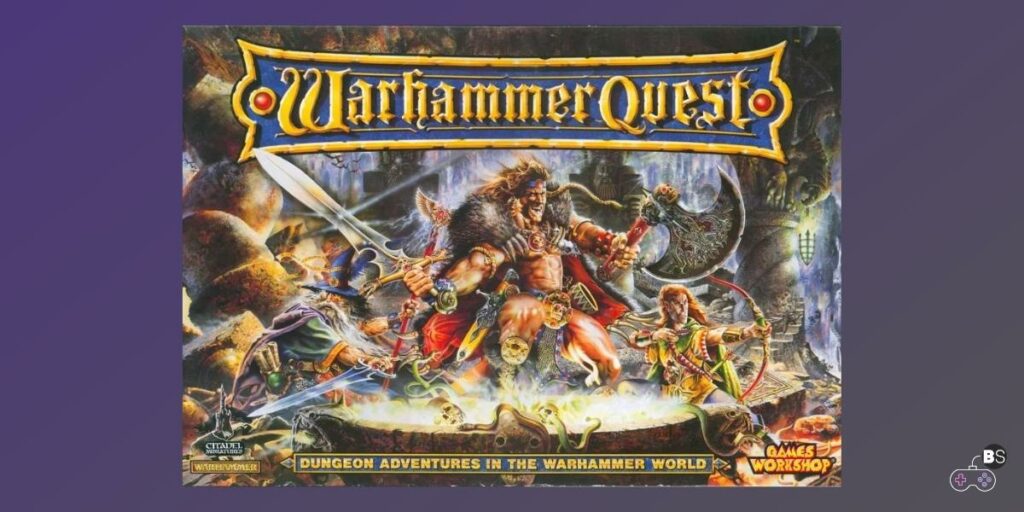
Warhammer Quest is a dungeon-crawling board game developed by Games Workshop that was inspired by the fantasy wargaming world of Warhammer.
It builds upon the framework of Advanced HeroQuest, adding numerous features and incorporating the Warhammer branding.
In the 90s, cooperative games were not common, but Warhammer Quest stood out as a game that pitted players against the game itself, with a longer form narrative adventure and 30 cooperative adventures included.
It is still in print today, although it has been updated and expanded with numerous versions and expansions.
The original 90s edition of Warhammer Quest remains a classic dungeon crawling experience.
Bohnanza (1997)
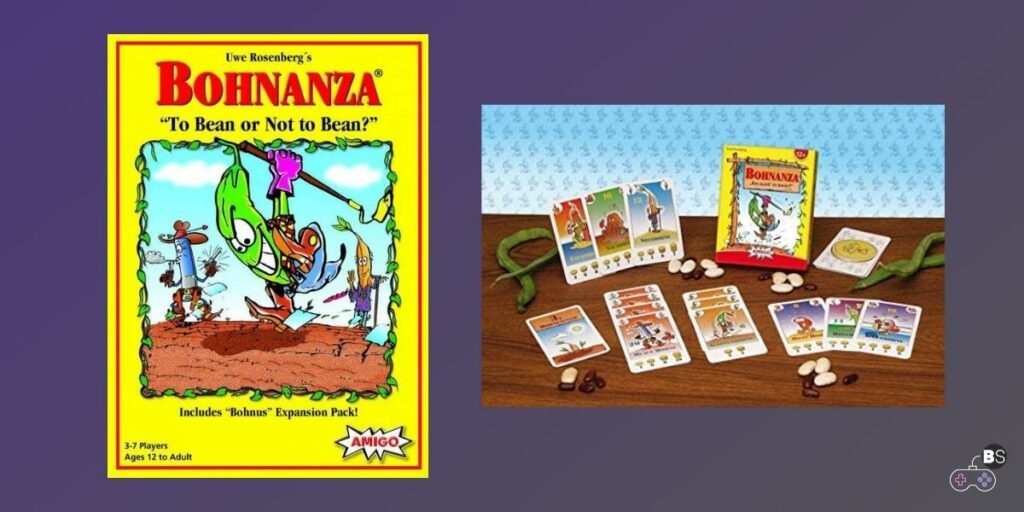
Bohnanza is a card game that was first released in 1997 and has remained popular due to its simple yet clever gameplay.
Players collect and trade different types of beans in order to harvest them for money, with each type of bean being worth a different amount.
However, the twist is that the order in which players are dealt their cards must be maintained, requiring them to make strategic trades with other players in order to form valuable sets of beans.
Bohnanza has received numerous editions and expansions over the years, adding new mechanics such as buildings and territory battles, but the basic version remains a fast-paced and enduring classic.
Apples to Apples (1999)
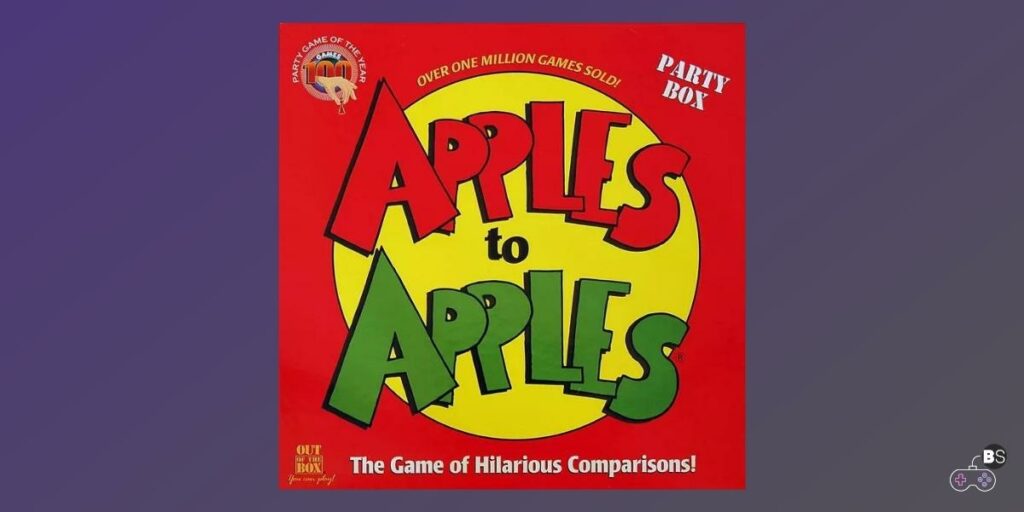
Apples to Apples is a party game in which players take turns being the Judge and selecting the “thing” card from their hand that best matches a description on a “Green Apple” card.
Players can argue for their own card or any other card they believe is a good match, leading to discussion and often laughter.
The player whose “thing” card is chosen by the Judge receives the Green Apple card, and the goal is to collect enough Green Apple cards to win.
Apples to Apples is similar to Cards Against Humanity, but it is generally considered more family-friendly as it does not include controversial or provocative cards.
However, it can still devolve into inappropriate jokes and humor in the right group.
Lost Cities (1999)
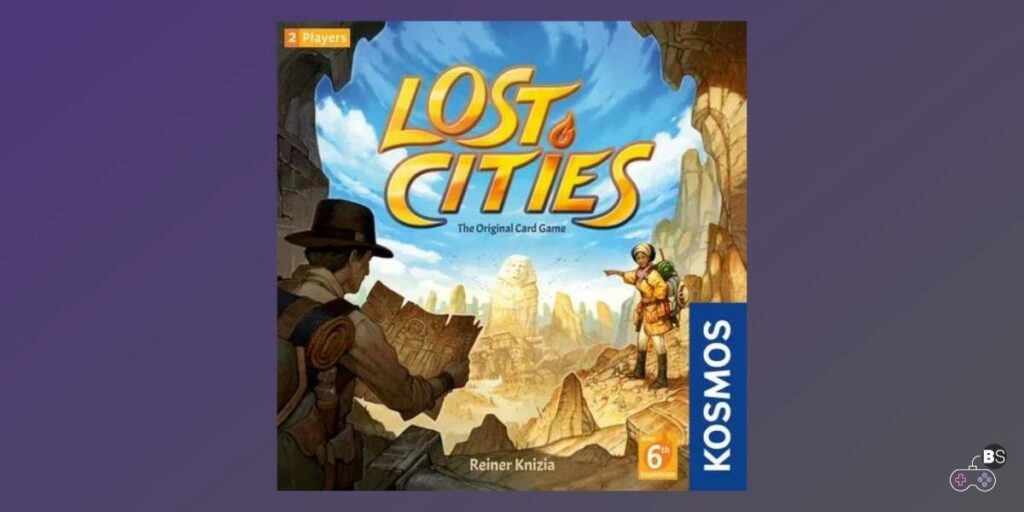
Lost Cities is a two-player card game designed by Reiner Knizia, a highly respected board game designer.
In the game, players are explorers who invest in expeditions and try to make the most profit. Players must play cards in ascending order by numerical value, with special “handshake” cards that represent investments and double the value of an expedition.
They can draw cards from the face-down deck or the top of an expedition’s discard pile, and the expeditions are scored once the final card is drawn from the deck.
However, starting an expedition costs the player 20 points, so they must score at least 20 points in each expedition to break even.
Lost Cities is simple to learn but offers challenging choices and interesting interaction with the opponent, making it a classic Knizia design that is still in print today and deserving of its spot on the list of the best 90s board games.
Colossal Arena (1997)
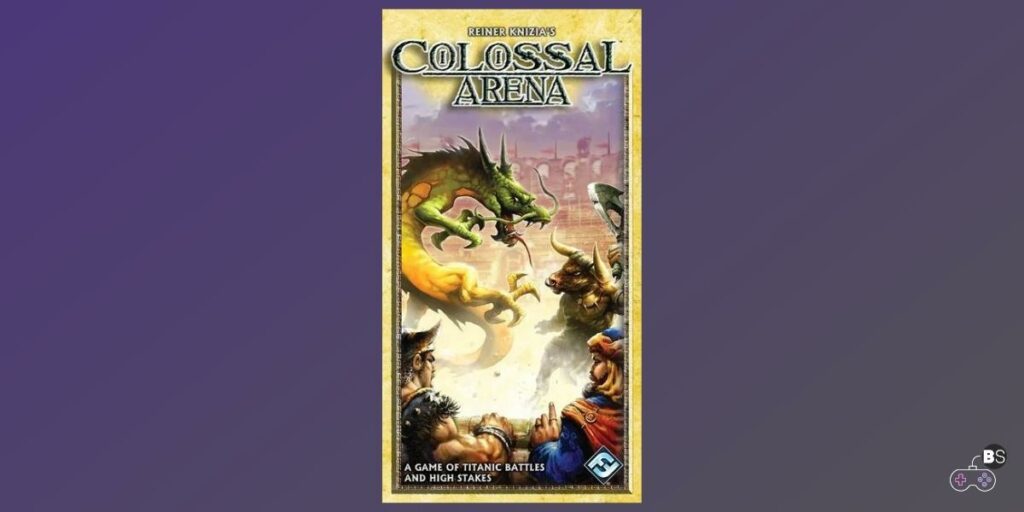
Colossal Arena is a board game designed by Reiner Knizia in which players act as spectators at a gladiatorial arena, watching giant beasts battle to the death.
Each round, players play cards to influence the outcome of the battles and place bets on which creature will be the last one standing.
They can also use their bets to activate a creature’s special ability, adding another layer of strategy to the game.
Colossal Arena is a simple game with many difficult choices to make and a theme that feels less abstract than many other Knizia designs.
It is currently out of print, but can still be obtained at a reasonable price and is worth seeking out for the chance to bet on deadly fighting monsters.
Through the Desert (1998)
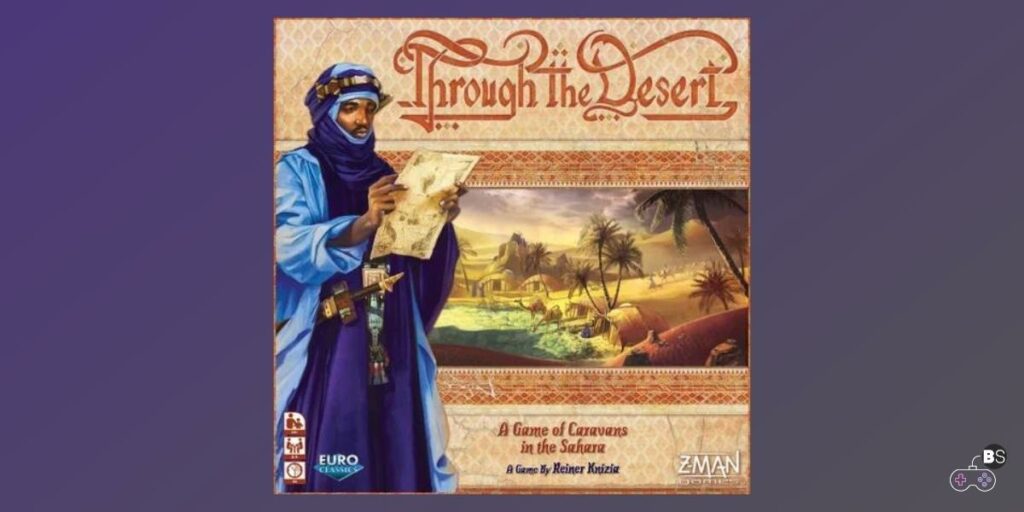
Through the Desert is a board game designed by Reiner Knizia in which players compete to score the most points by placing caravan routes through the desert.
Players have many paths to victory and options available to them, and the game is simple to learn but full of depth.
It also includes pastel-colored, plastic camels to represent the caravans belonging to each player’s tribe. Through the Desert is a multi-award-winning game that is currently out of print and has become quite expensive on the secondhand market.
Despite the high cost, it is widely considered one of the best 90s board games.
Tigris and Euphrates (1997)
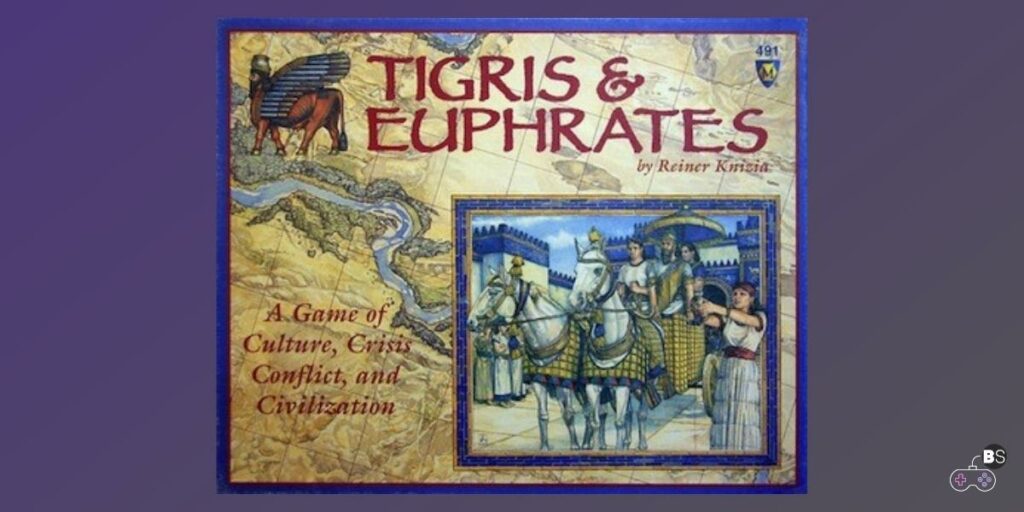
Tigris and Euphrates is a board game designed by Reiner Knizia that is widely regarded as his masterpiece.
Players build ancient civilizations by placing tiles and score points in four categories: farming, trading, religion, and government.
However, the only score counted is the one in each player’s weakest category, forcing them to balance all of their categories to avoid falling behind.
Tigris and Euphrates is a complex but streamlined game with an innovative scoring system that makes it highly compelling and addictive to play.
It is considered one of the best 90s board games and is definitely worth considering for gamers looking for high-quality titles from that era.
The Settlers of Catan (1995)
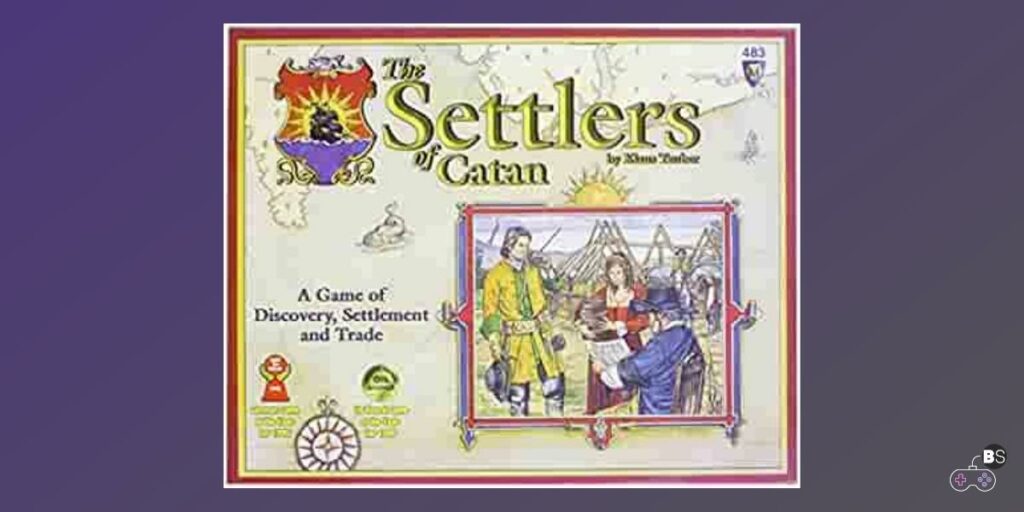
The Settlers of Catan, also known as Catan, is a board game designed by Klaus Teuber that has had a huge influence on the industry.
In the game, players place settlements and roads on numbered territories, and when the dice is rolled, they gain resources depending on the number that is rolled.
Players can also gain victory points by building new settlements, turning settlements into cities, and having the longest road.
The real focus of the game is on the interaction between players, who must negotiate and trade resources to progress and build their way to victory.
The Settlers of Catan has a fast-paced and engaging gameplay that keeps all players involved, and it has earned its place at the top of the best 90s board games list due to its enduring popularity and impact on the industry.
More Games From BeStreamer

A gaming lover from a very young age, Justin has always had a keen eye for building his own computers or racing sims so that he can race his identical twin (and usually lose at the actual race).
Justin in the founder of BeStreamer and sees it as a free resource to help all gamers around the world
